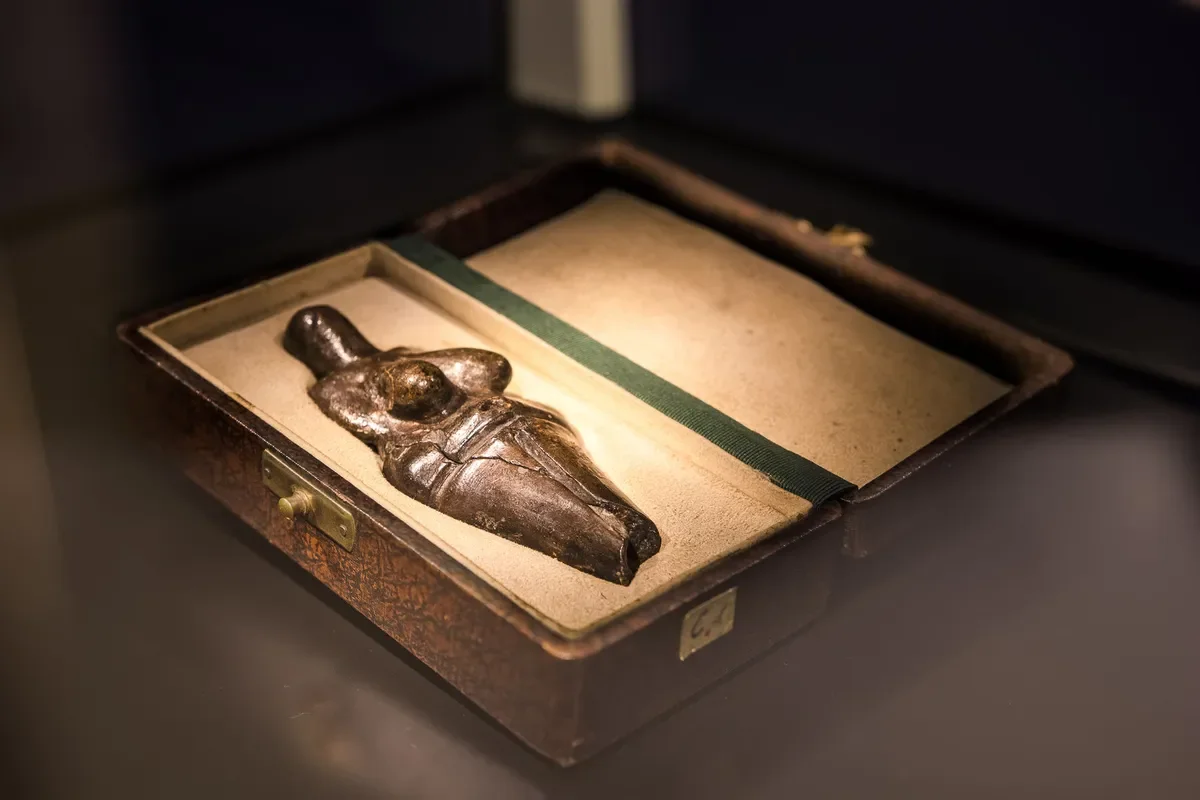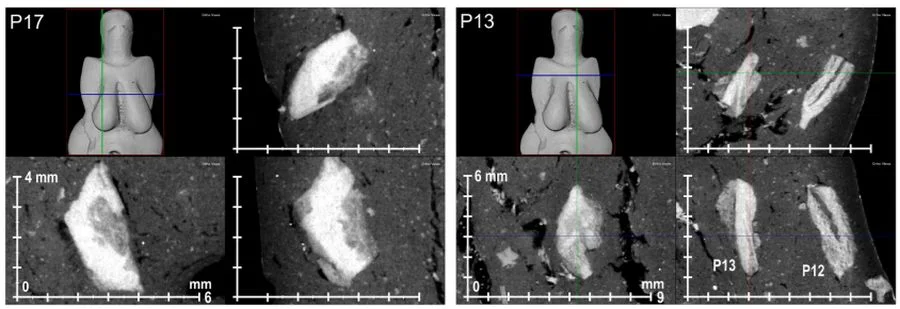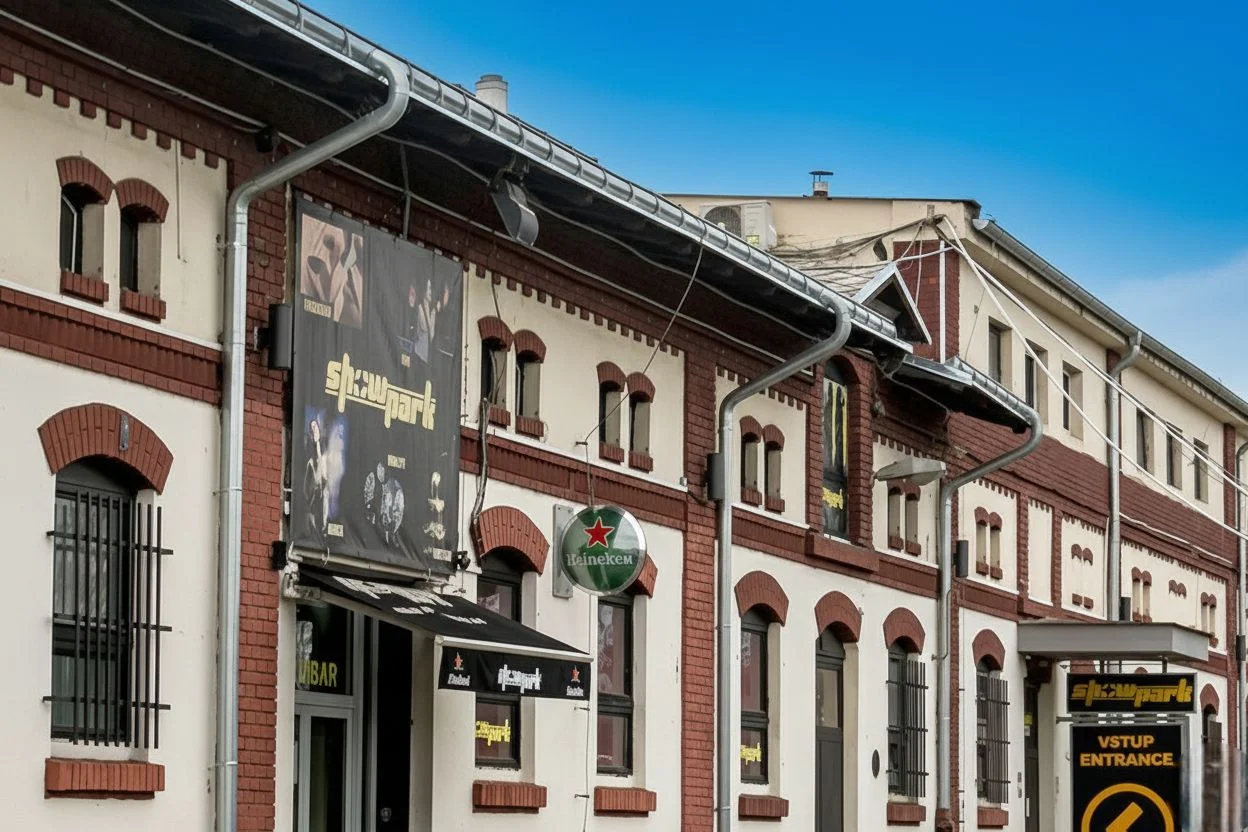
Micro-CT Analysis Confirms Venus of Věstonice Was Crafted from Fossilized Rock Fragments
Scientists at the Moravian Museum (MZM) have used state-of-the-art micro-CT technology to analyze the composition of the famous Venus of Věstonice, uncovering new insights. The statuette, approximately 25,000 to 29,000 years old and considered one of the oldest examples of pottery, is not made from crushed mammoth bones as previously believed but from rock fragments and small fossils.
The Venus of Věstonice was discovered in a prehistoric fireplace in 1925 by workers under the archaeologist Karel Absolon. At the time, Absolon believed, based on chemical analyses, that the figurine was made from a mixture of mammoth bones. However, this assumption was already challenged in the 1980s and has now been further substantiated by the latest research. The scientists explained that Absolon’s interpretation was likely influenced by his knowledge of the Gravettian culture, in which mammoth bones played a central role.
The micro-CT analysis revealed that the entire statuette was crafted from a single piece of ceramic dough, demonstrating the remarkable craftsmanship and artistic skill of its prehistoric creator. The materials used likely originated from the area surrounding the settlement at that time.

However, the analysis also revealed a concerning finding: the Venus of Věstonice is riddled with cracks, making it extremely fragile. The Moravian Museum emphasized that these findings will help better plan the statuette’s future handling to prevent further damage.
The research results were recently published in the prestigious Journal of Archaeological Science, offering new insights into the manufacturing techniques and materials used in prehistoric artifacts from what is now the Czech Republic.



